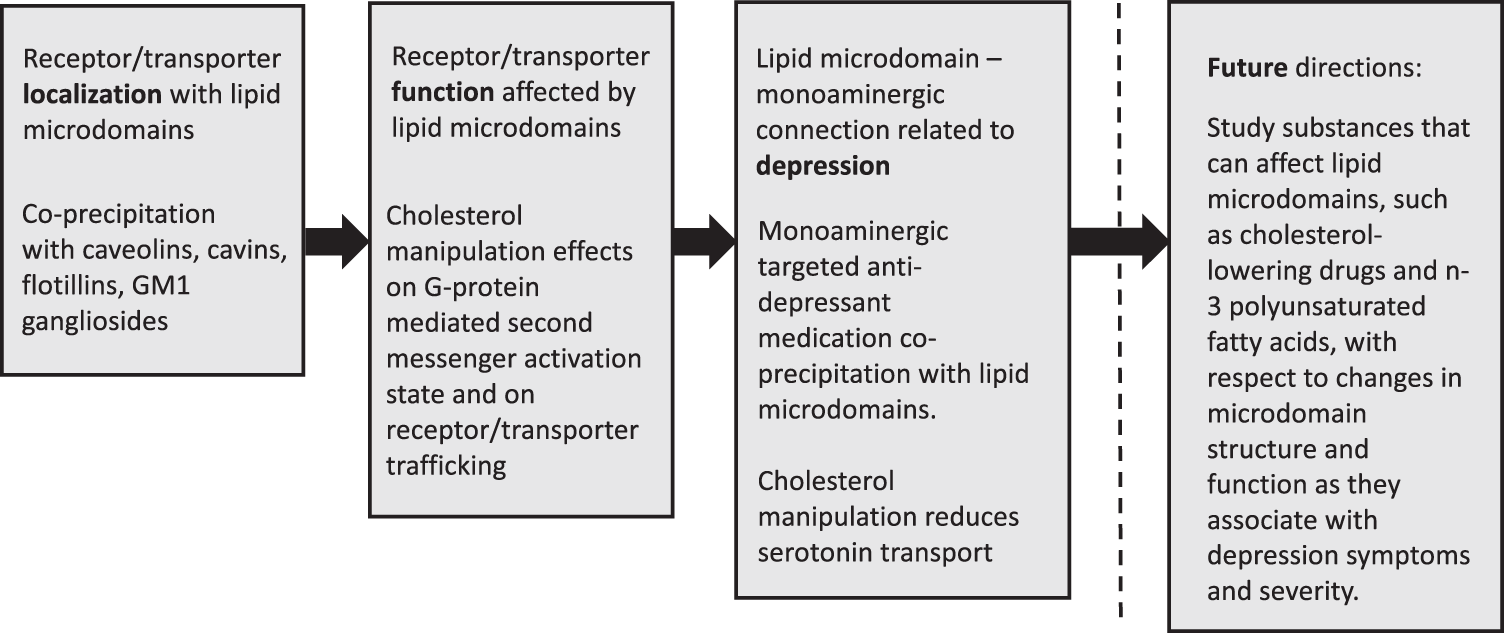Reference




OpenAI's Answer
Nisoxetine is known to be a potent inhibitor of norepinephrine reuptake and its binding affinity can be influenced by several factors:
-
Ionic Environment: The presence of sodium and chloride ions enhances the binding affinity of nisoxetine. These ions increase the affinity of the binding site for nisoxetine in the norepinephrine transporter, making it more effective in inhibition source.
-
Structural Factors: Interaction with specific aromatic moieties within the norepinephrine transporter can enhance the binding affinity of nisoxetine. The precise configuration and electronic characteristics of these interactions are crucial for the binding process source.
-
Temperature and Duration: Experimental conditions such as temperature and the duration of exposure can also affect how tightly and effectively nisoxetine binds. For instance, studies often use specific conditions (like 4°C for 3 hours) to measure nisoxetine's potency effectively source.
Here's an image illustrating nisoxetine binding sites that further explain its mechanism:

Overall, the effectiveness of nisoxetine is influenced by these molecular interactions and environmental conditions, enhancing its binding affinity and therapeutic efficacy.
Follow Up
Related
How does the binding affinity of 3H-nisoxetine relate to its effectiveness in norepinephrine uptake
How has Olev Vinn contributed to the understanding of annelid biomineralization?
What techniques are used for large-scale mapping of human protein–protein interactions by mass spect
What are some commonly used antibodies against IGF-1 and IGF-2?